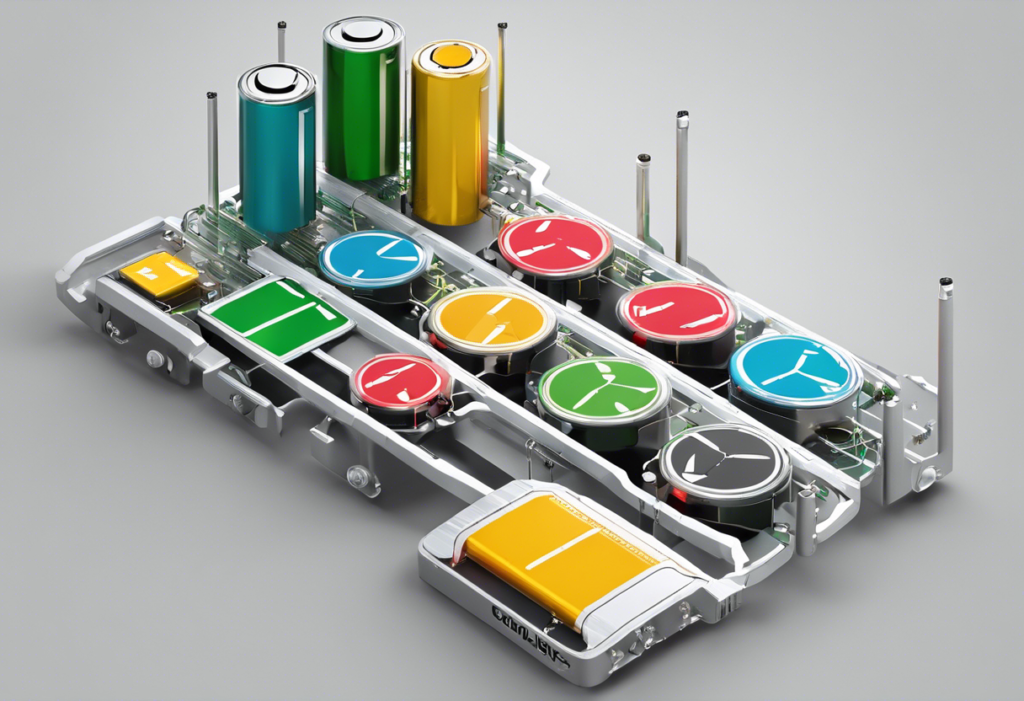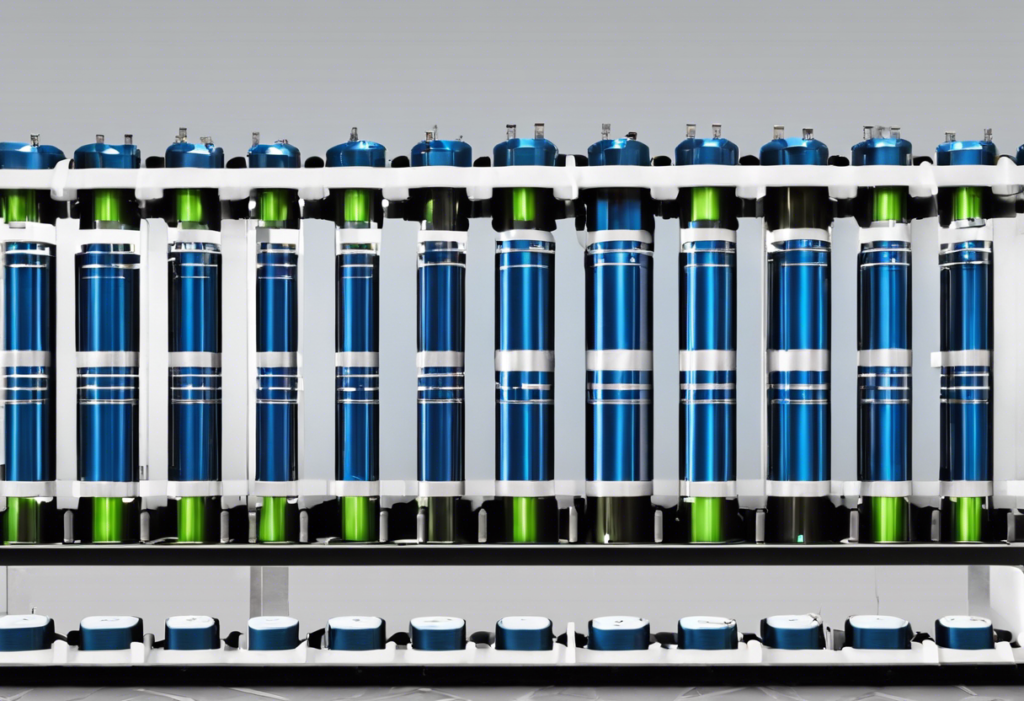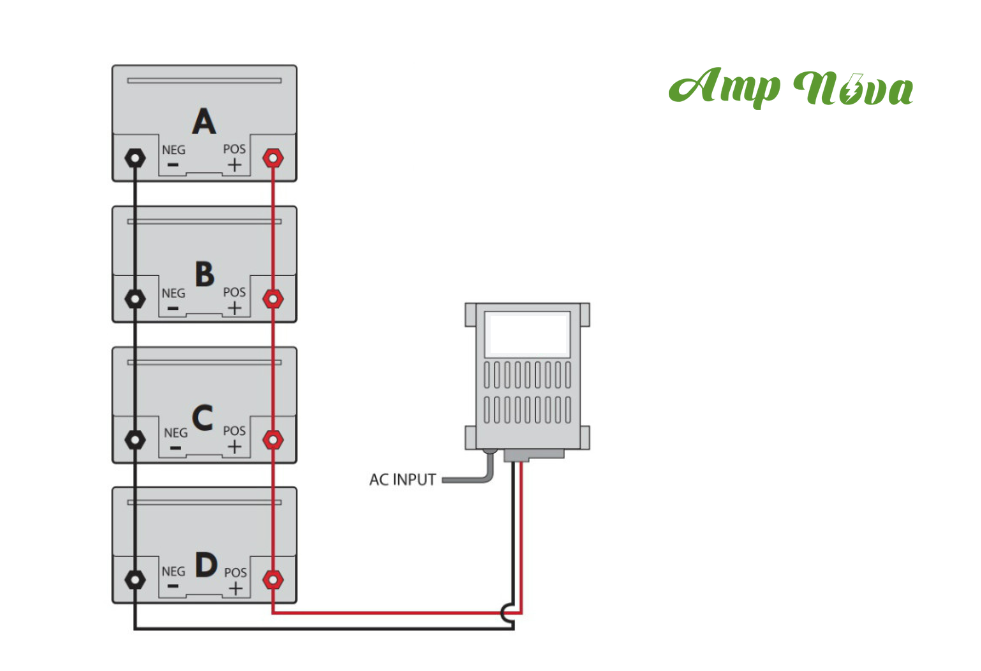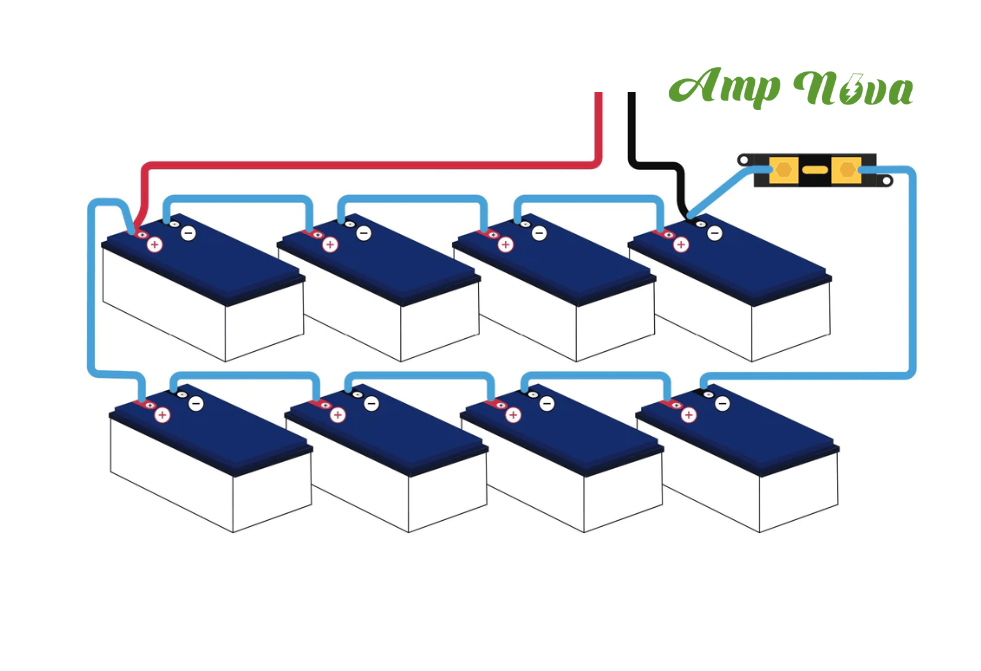- Introduction to Battery Configurations
- Understanding Series Battery Arrangement
- Advantages of Series Connectivity
- Limitations of Series Battery Configuration
- Exploring Parallel Battery Arrangement
- Benefits of Parallel Connectivity
- Drawbacks of Parallel Battery Arrangement
- Comparing Voltage and Capacity in Series vs. Parallel
- Safety Considerations for Series and Parallel Setups
- Determining the Right Configuration for Your Device
- Conclusion: Tailoring the Choice to Your Needs
Contents
- 1 Introduction to Battery Configurations
- 2 Understanding batteries in series vs parallel Arrangement
- 3 Advantages of Series Connectivity
- 4 Limitations of Series Battery Configuration
- 5 Exploring Parallel Battery Arrangement
- 6 Benefits of Parallel Connectivity
- 7 Drawbacks of Parallel Battery Arrangement
- 8 Comparing Voltage and Capacity in Series vs. Parallel
- 9 Safety Considerations for Series and Parallel Setups
- 10 Determining the Right Configuration for Your Device
- 11 Conclusion: Tailoring the Choice to Your Needs
Introduction to Battery Configurations

Batteries are the quintessential component in providing portable power to a myriad of devices. When it comes to arranging these batteries in series vs parallel, two primary configurations come into play: series and parallel. Understanding the differences and applications of each configuration is crucial for optimizing performance, longevity, and efficiency of the devices they power. This introduction sets the stage for a deeper exploration into how batteries aligned in series differ from those arranged in parallel, and under what circumstances each arrangement might best serve an electronic device’s needs.
Understanding batteries in series vs parallel Arrangement

When batteries are connected in series, their voltages add up but the capacity (measured in ampere-hours, Ah) remains constant. This arrangement involves connecting the positive terminal of one battery to the negative terminal of another. For example, if two 12-volt, 10Ah batteries are connected in series, the combined output is 24 volts at 10Ah. This is useful for devices requiring higher voltage without the need for increased capacity. In series arrangement:
- Voltages of individual batteries add up.
- Overall capacity remains the same as one battery.
- Devices needing higher operational voltages benefit the most.
- Ensuring batteries of equal voltage and capacity are used in series is essential for balanced discharge and charging.
Advantages of Series Connectivity
When batteries are connected in series, the chief benefit is the increase in voltage while maintaining the same current capacity (amp-hours). This arrangement is practical for devices requiring a higher voltage to operate. Moreover, series connectivity simplifies battery management, as it permits the use of a single charger for multiple Batteries in Series vs Parallel. It is also cost-effective as it minimizes the need for specialized voltage converters. Additionally, series connectivity can enhance the lifespan of batteries if they are matched in terms of capacity and age, thereby reducing the overall system maintenance.
Limitations of Series Battery Configuration
- Voltage Imbalance: Over time, series-connected Batteries in Series vs Parallel can develop voltage differences, which can affect performance and lead to decreased efficiency.
- Complex Charging: Charging series-connected Batteries in Series vs Parallel typically requires a balanced charge to ensure each battery reaches its full potential, complicating the charging process.
- Compromised Capacity: In series, the overall battery capacity is limited by the lowest capacity battery in the sequence, which can reduce the total available energy.
- Failure Risk: If one battery in a series fails, the entire system can be rendered inoperative, posing a risk for mission-critical applications.
- Replacement Challenges: Replacing a single battery in a series is not advisable as the new battery may have different characteristics leading to imbalances in the pack.
Exploring Parallel Battery Arrangement

When Batteries in Series vs Parallel are connected in parallel, their voltages remain the same, but the total capacity (ampere-hours, Ah) increases. This configuration is useful for applications that require prolonged runtime without a higher voltage. The benefits of a parallel arrangement include:
- Enhanced capacity, thus extending the operational time of devices.
- The ability to use multiple Batteries in Series vs Parallel to spread out the load, potentially improving longevity.
- Easier replacement, since one can replace individual Batteries in Series vs Parallel without affecting the overall voltage.
However, this setup has its drawbacks, such as the need for Batteries in Series vs Parallel to be identical to ensure even discharge. Furthermore, parallel configurations may not be suitable for devices that require high voltages. For certain applications, the parallel arrangement provides an effective solution by delivering sustained power at a consistent voltage level. It is particularly advantageous when the requirement is more about energy capacity rather than voltage.
Benefits of Parallel Connectivity

When devices utilize batteries arranged in parallel:
- Increased Capacity: The total capacity sums up, extending the device’s operational time.
- Load Sharing: Current loads are distributed, reducing the stress on individual Batteries in Series vs Parallel.
- Improved Reliability: Failure of one battery doesn’t halt device operation, ensuring continuity.
- Flexibility in Power Management: Can accommodate increased power demands without design overhaul.
- Lower Voltage System: Safer to handle and may require less complex circuitry compared to series systems.
Drawbacks of Parallel Battery Arrangement
- Uneven Aging: When batteries are connected in parallel, they might not age uniformly. One battery can degrade faster, affecting the overall performance and lifespan of the pack.
- Complex Charging: Charging parallel batteries requires the current to be evenly distributed. Any imbalance can lead to overcharging or undercharging, potentially damaging the Batteries in Series vs Parallel.
- Increased Failure Risk: More connections increase the likelihood of connection failure. A single faulty battery can affect the others, leading to potential safety risks.
- Heat Management Issues: Parallel configurations can struggle with heat dissipation, as the heat generated by multiple Batteries in Series vs Parallel can accumulate, potentially causing overheating or thermal runaway.
- Larger Footprint: Parallel arrangements tend to be physically larger than series configurations, posing a challenge for compact device design and increasing the weight.
Comparing Voltage and Capacity in Series vs. Parallel
When connecting Batteries in Series vs Parallel in series, the voltage increases while the capacity (ampere-hours, Ah) remains constant. For instance, two 6V 10Ah batteries in series yield 12V at 10Ah. Conversely, a parallel configuration maintains the voltage but increases the capacity. The same two batteries in parallel deliver 6V at 20Ah. This distinction is critical:
- Series: Higher voltage, same capacity
- Parallel: Same voltage, higher capacity
Determining the correct configuration depends on the device’s voltage requirements and desired runtime. Devices requiring higher voltage benefit from series connections, while those needing prolonged operation with a steady voltage find parallel setups advantageous.
Safety Considerations for Series and Parallel Setups
When configuring batteries in series or parallel, safety is paramount:
- Ensure compatibility: Match Batteries in Series vs Parallel with similar capacities and voltages to prevent imbalances.
- Monitor temperature: Batteries can overheat, especially when charged or discharged rapidly. Include thermal management systems.
- Prevent short circuits: Use proper insulation and secure connections to avoid shorts that can lead to fires.
- Include a protection circuit: Especially in parallel setups, to prevent overcharge and overdischarge.
- Regular inspection: Check for corrosion, swelling, or leakage, which are signs of potential failure.
- Use fuses or circuit breakers: They safeguard against current spikes that can damage Batteries in Series vs Parallel and connected devices.
Determining the Right Configuration for Your Device
When selecting between series and parallel battery configurations, one must assess their device’s specific needs. Key considerations include:
- Voltage Requirements: Series configurations increase total voltage, suitable for devices demanding higher operational voltages.
- Capacity Needs: Parallel configurations boost capacity, ideal for longer runtimes.
- Space Constraints: The physical layout of the device may dictate the configuration feasibility.
- Load Characteristics: Understanding the device’s load behavior assists in matching the battery setup for optimal performance.
- Safety and Reliability: Series may introduce balance issues, whereas parallels require protection against unequal discharge.
Evaluating these factors ensures the right balance of power, runtime, and safety for the device in question.
Conclusion: Tailoring the Choice to Your Needs
When deciding between Batteries in Series vs Parallel, consider your device’s voltage and current requirements. Series configurations increase voltage, suitable for high-voltage needs, whereas parallel arrangements boost current, ideal for devices demanding more power. Assess your application, understand the implications of each setup, and choose the arrangement that best matches the energy demands and longevity expectations of your device, ensuring optimal performance and reliability.
Are you maximizing your device’s potential? Trust the power of Solar Battery Manufacturer for a seamless energy solution. Our high-performance batteries ensure optimal voltage and capacity, enhancing efficiency. Choose us to elevate your device’s performance. Empower your devices with Solar Battery Manufacturer – where innovation meets reliability.
